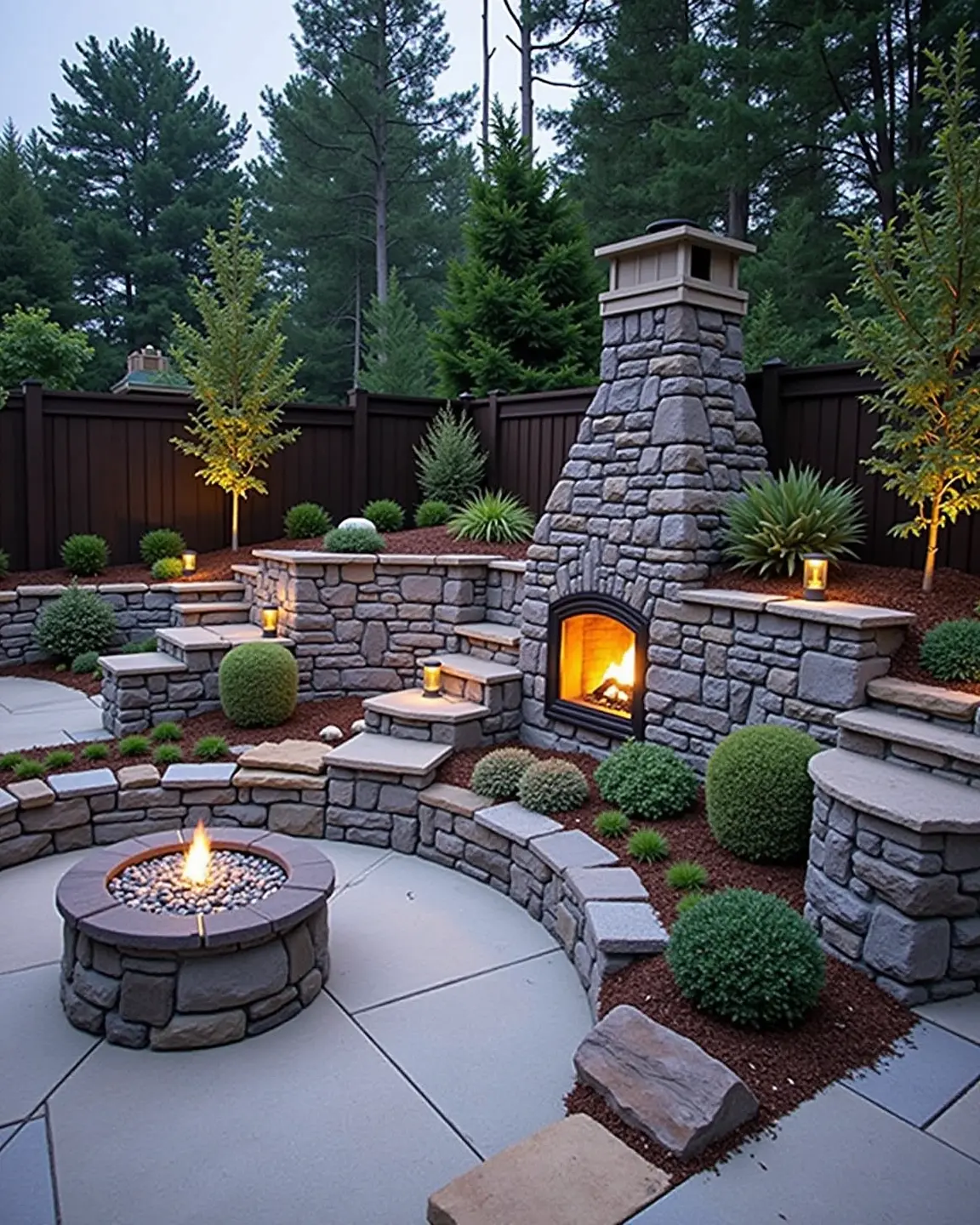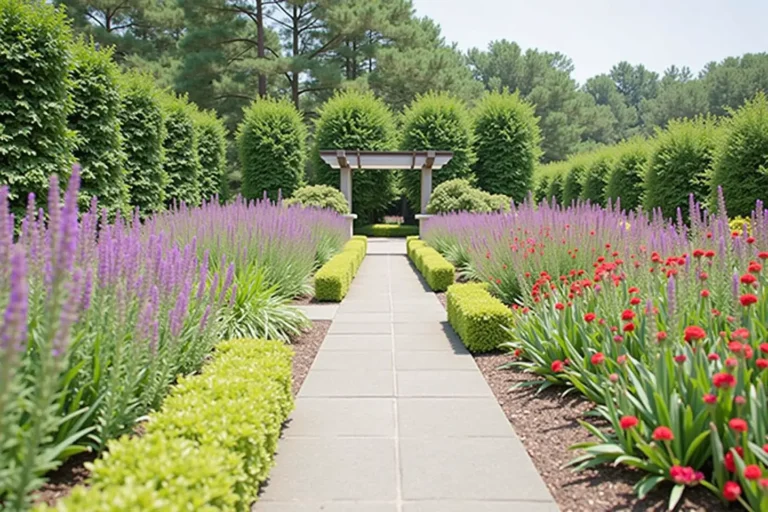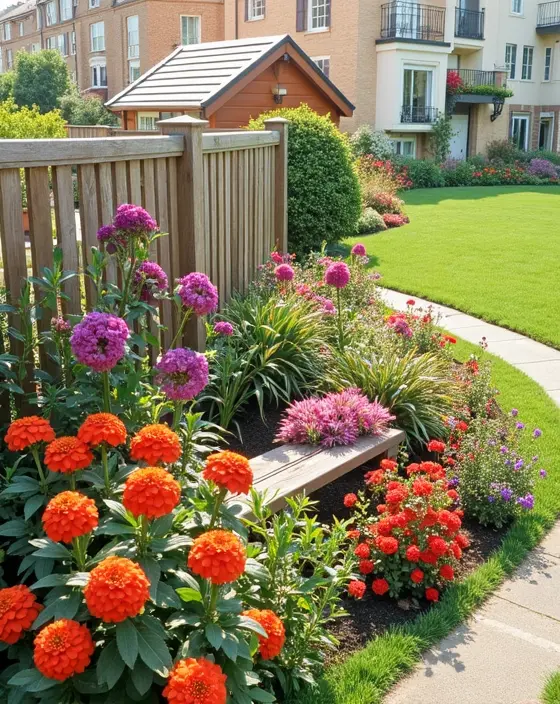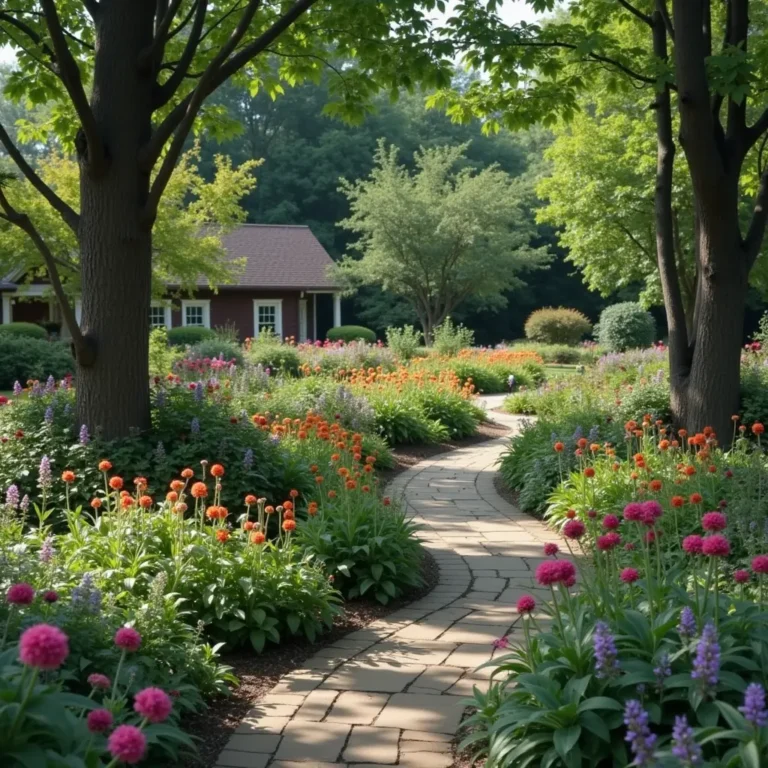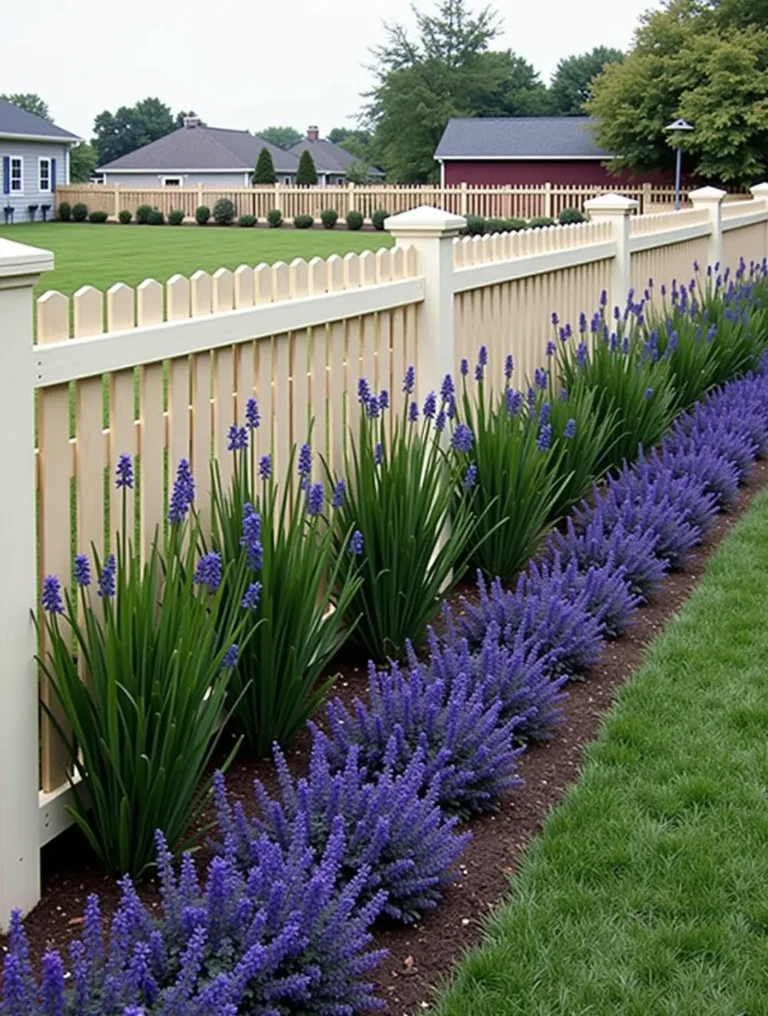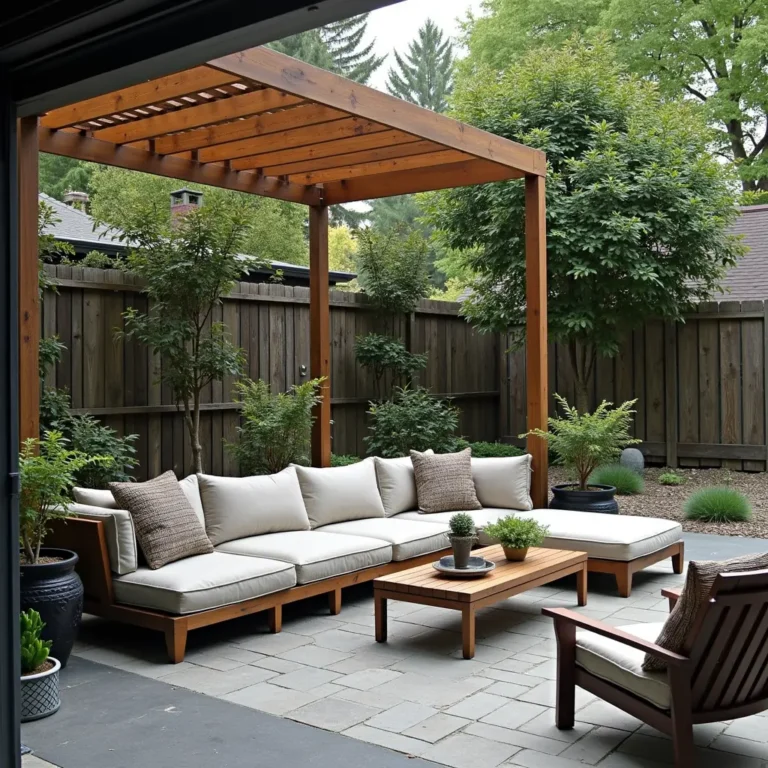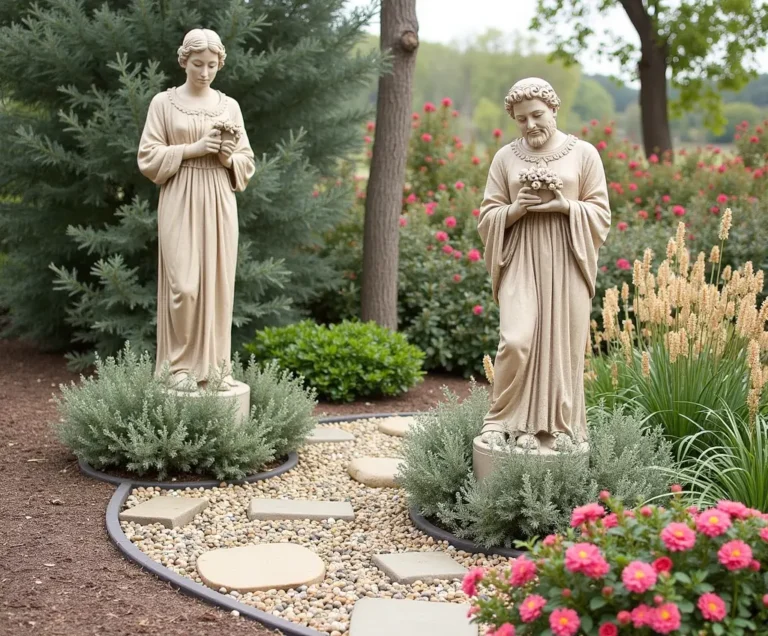Transform Your Hillside: Unique Gardening Ideas
Gardening on a Slope: Tips and Ideas for Creating a Beautiful Hillside Garden
The Beauty and Challenges of Slope Gardening
Have you ever looked at a sloped area in your yard and thought it was a challenge too great to conquer? You’re not alone. Many homeowners grapple with the idea of gardening on a slope, often overlooking the unique beauty and potential that such spaces can offer. Let’s embark on a journey to transform that challenging hillside into a stunning garden paradise.
Understanding Your Slope: Types and Conditions
Before we jump into the fun stuff, it’s crucial to understand the type of slope you’re dealing with. Is it gentle, steep, or terraced? Each type requires different strategies to thrive. Also, consider the sunlight and shade patterns, as well as the soil quality. Conducting a quick soil test can provide insights into the pH and nutrient levels, helping you select the right plants.
Choosing the Right Plants for Your Hillside Garden
One of the most exciting aspects of gardening on a slope is the variety of plants you can use. Think of native plants that thrive in your climate. These species are often more resilient to local pests and diseases. Ground covers such as creeping thyme or sedum are fantastic for erosion control while adding a splash of color. Incorporate taller plants like ornamental grasses at the back to create depth and interest.
Design Ideas to Consider
Transforming your sloped garden into a visual masterpiece requires creativity. Here are some engaging ideas:
- Terracing: Create flat areas by building terraces. These can be made from stone, wood, or even recycled materials. Terracing not only adds aesthetic appeal but also helps manage water runoff.
- Steps and Pathways: Incorporate natural stone or gravel paths to guide visitors through your garden. This approach allows for easy access and creates a sense of adventure.
- Water Features: Adding a small fountain or pond can elevate the tranquility of your hillside garden. The sound of running water is soothing and attracts wildlife.
Sustainable Practices for Slope Gardening
Embracing sustainability is vital in today’s gardening world. Opt for organic mulches to retain soil moisture and suppress weeds. Additionally, consider using rain barrels to capture runoff. This practice not only conserves water but also reduces erosion. By doing so, you’re not just beautifying your space, but you’re also making an eco-friendly impact.
Maintenance Tips for a Flourishing Hillside Garden
Maintaining a hillside garden can feel daunting, but with some easy strategies, your landscape can flourish:
- Regular Weeding: Keep on top of weeds, especially after rain. They can quickly overtake your garden and compromise the health of your plants.
- Proper Watering: Apply water at the roots to prevent runoff. Drip irrigation systems are particularly effective on slopes.
- Seasonal Clean-Up: Clear away fallen leaves and debris regularly to promote airflow and prevent disease.
Real-Life Transformations
Imagine a barren, sloped yard that transforms into a vibrant garden filled with color, contour, and character. One homeowner, Sarah, decided to take on her steep backyard. With a little research and a lot of determination, she created tiered beds filled with cascading flowers and aromatic herbs. Her friends and family were stunned at how the space improved not just in aesthetics but also in usability. This story is a reminder that with creativity and effort, any hillside can become a beloved garden.
Conclusion
Gardening on a slope presents unique challenges but also a wonderful opportunity to create an enchanting outdoor space. By understanding your slope, selecting appropriate plants, designing thoughtfully, and implementing sustainable practices, you can craft a hillside garden that not only showcases beauty but also stands the test of time. So grab your gardening tools and let your creativity flow; your hillside garden awaits!
FAQ Section
1. What are the best plants for a sloped garden?
Consider native perennials, ground covers like creeping phlox, and ornamental grasses for erosion control and beauty.
2. How can I prevent erosion in my hillside garden?
Planting ground covers, using terracing, and installing retaining walls can greatly help in preventing erosion.
3. Are there specific tools I need for gardening on a slope?
Basic gardening tools like shovels, trowels, and pruners work well, but a sturdy wheelbarrow can help transport soil and plants more easily.
4. How do I effectively water my sloped garden?
Use drip irrigation or soaker hoses to deliver water directly to the roots while minimizing runoff.
5. Can I create a vegetable garden on a slope?
Absolutely! Just make sure to build terraces or raised beds to manage the slope and improve accessibility while preventing erosion.
